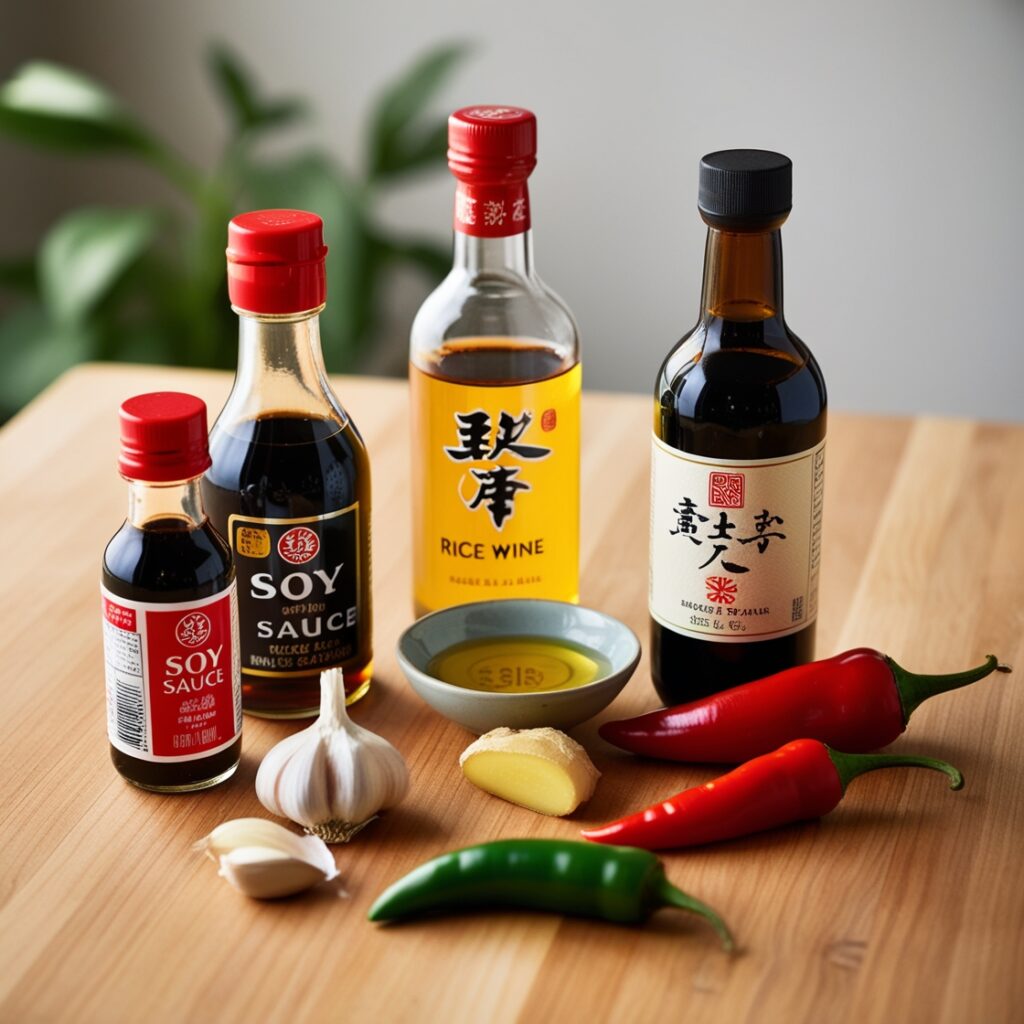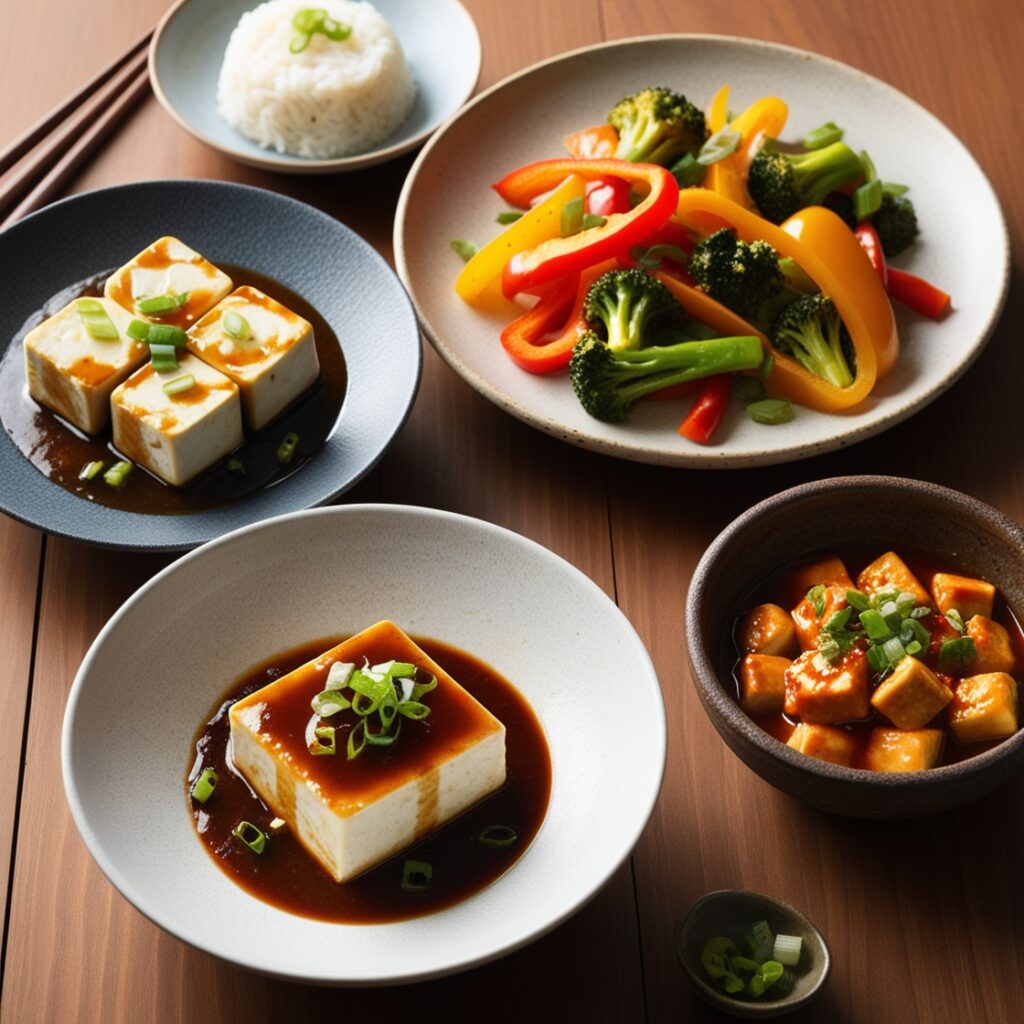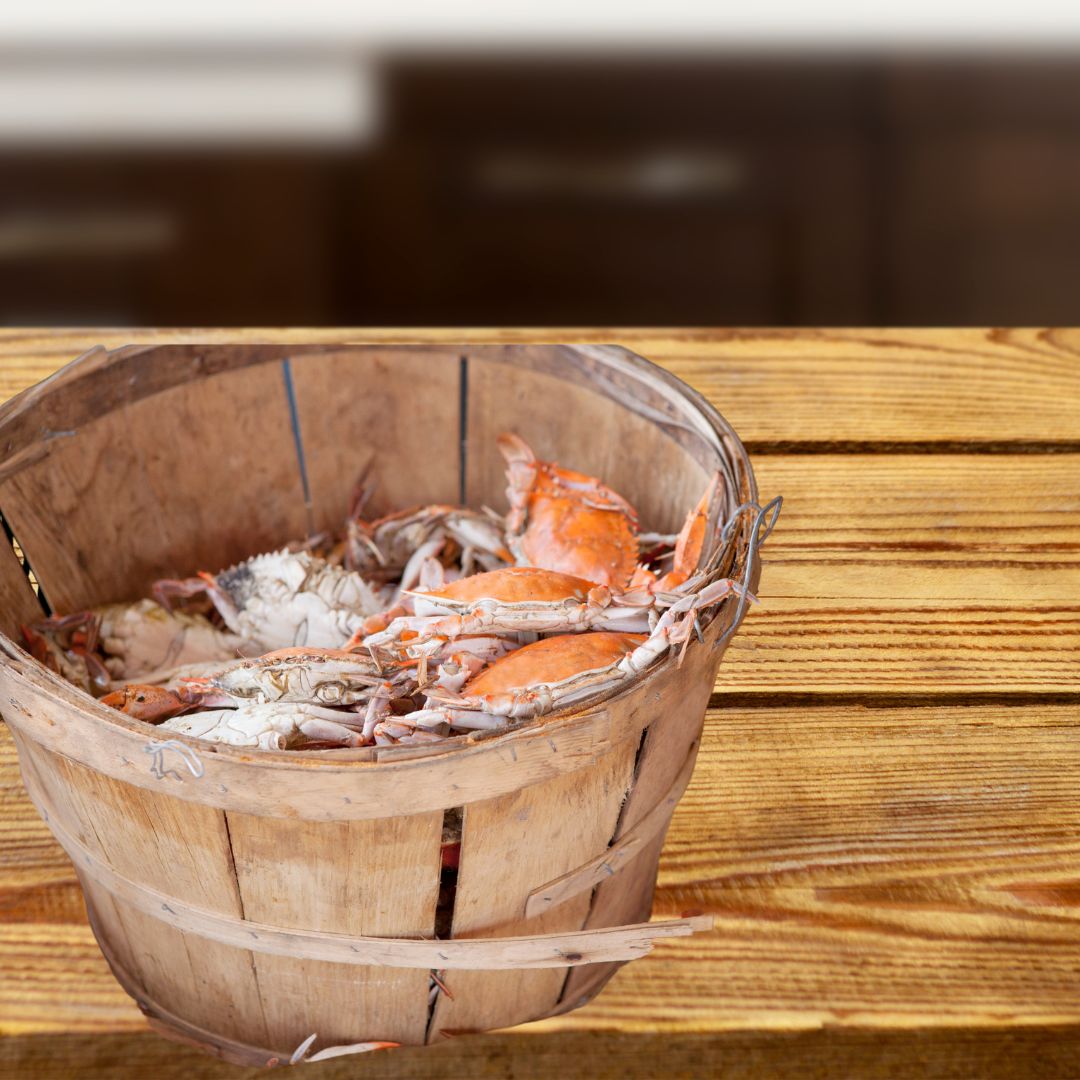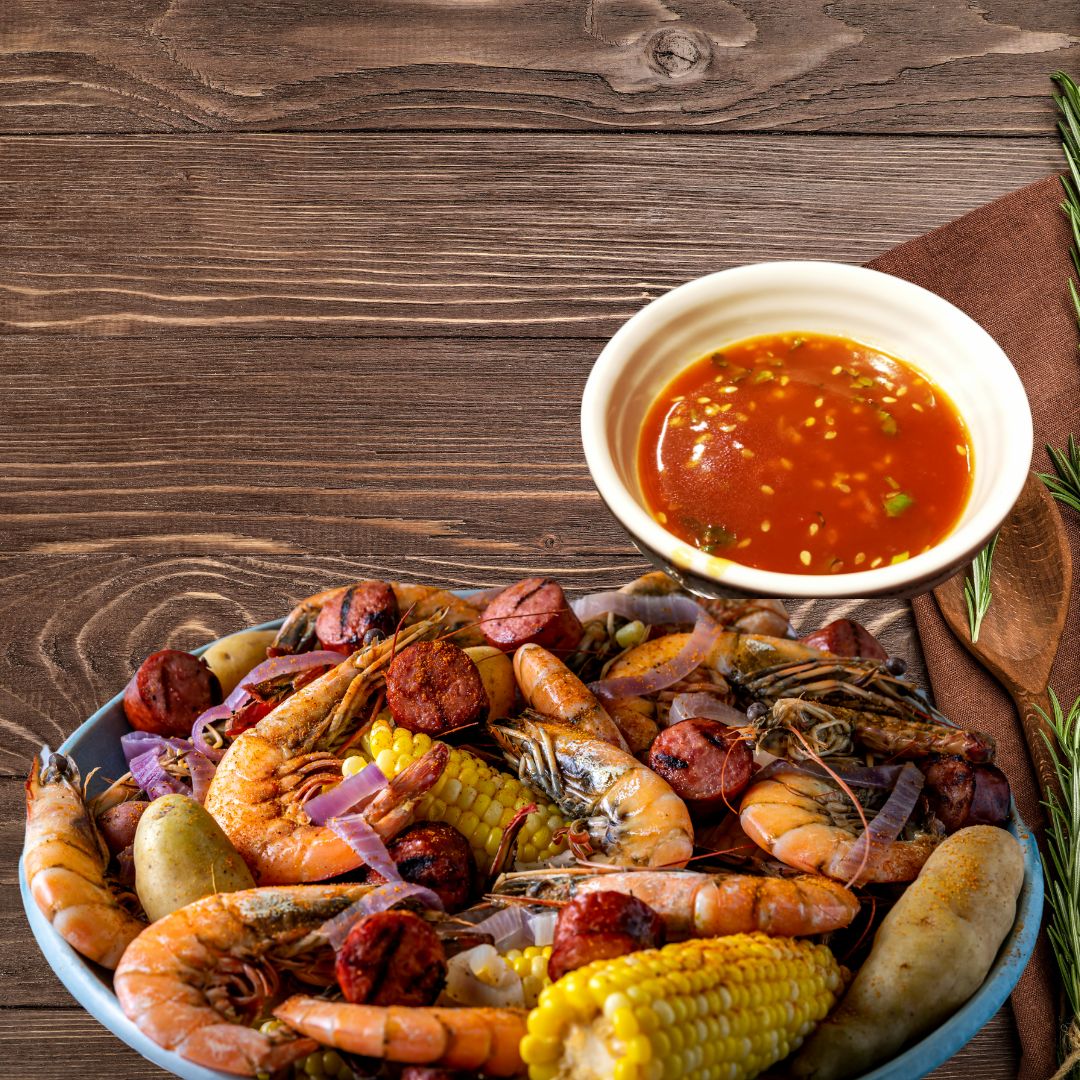Sweet potatoes, known for their delicious taste and versatility, are a staple crop in many countries. A question arises in everybody’s mind: why is China the best place to grow sweet potatoes? When it comes to sweet potato production, China stands out as the world leader. With a long history of cultivation, diverse sweet potato growing zones, and strategic agricultural practices, China has cemented its position as the best place to grow sweet potatoes. These zones provide the perfect environment for sweet potato crops, ensuring they thrive. Aside from their high yield, sweet potatoes are packed with essential nutrition, offering a wide range of health benefits such as improving digestion and enhancing eye health. With just a moderate amount of sweet potato calories, they make a nutritious, low-calorie option for a healthy diet. But what makes this country so special for sweet potato cultivation? Let’s dive into the key factors that make China the ideal location for this beloved crop.

A Favorable Climate for Sweet Potatoes
Sweet potatoes thrive in warm, tropical, and subtropical climates. They require plenty of sunlight, consistent rainfall, and temperatures between 21°C and 26°C (70°F to 80°F) for optimal growth.
China, being geographically vast, has diverse climatic zones that provide ideal conditions for sweet potatoes. Regions like southern and central China offer:
- Warm temperatures: Ideal for the sweet potato’s growing season.
- Sufficient rainfall: Supports growth without the need for excessive irrigation.
- Extended growing seasons: Allows for higher yields and multiple harvests in certain areas.
These conditions are crucial for producing high-quality sweet potatoes with a rich, sweet flavor and good texture.
Fertile Soil Types in China
The quality of the soil plays a vital role in sweet potato cultivation. Sweet potatoes grow best in sandy loam or light-textured soils with good drainage. In China, regions like the Yangtze River Basin and parts of Guangdong and Fujian provinces have soil types that are:
- Rich in organic matter: Promotes healthy plant growth.
- Well-drained: Prevents waterlogging, which can damage the tubers.
- Slightly acidic to neutral pH levels: Ideal for sweet potato development.
Farmers in China also practice soil enrichment techniques, such as crop rotation and organic fertilization, to maintain the fertility and productivity of their land.
Advanced Agricultural Practices
China has a long history of agriculture, and over the centuries, farmers have developed efficient and innovative methods to maximize crop production. Sweet potato farming benefits from techniques like:
- Intercropping: Farmers plant sweet potatoes alongside other crops like corn or peanuts to maximize land use and improve soil health.
- Irrigation systems: Advanced irrigation technology ensures that crops receive adequate water during dry periods.
- Integrated pest management: Natural and biological methods are used to control pests and diseases, reducing reliance on chemical pesticides.
These practices not only increase yields but also ensure the sustainability of sweet potato farming in China.
A Strong Focus on Research and Development
China invests heavily in agricultural research and development (R&D). Research institutions work closely with farmers to improve sweet potato varieties, focusing on traits such as:
- Higher yields: Developing varieties that produce more tubers per plant.
- Pest resistance: Creating sweet potato strains that are less susceptible to common pests and diseases.
- Adaptability: Breeding varieties suited to different climatic and soil conditions across China.
For instance, Chinese researchers have introduced high-yield, disease-resistant sweet potato varieties that are also rich in nutrients like beta-carotene, which is converted into vitamin A in the body.
Cultural and Economic Importance of Sweet Potatoes
Sweet potatoes have been a dietary staple in China for centuries. They are used in a variety of traditional dishes, from roasted sweet potatoes sold by street vendors to sweet potato noodles and desserts. This cultural significance drives the demand for high-quality sweet potatoes.
Economically, sweet potatoes are a vital crop for both small-scale farmers and large agricultural enterprises. They are not only consumed domestically but also exported to countries worldwide, contributing significantly to China’s economy.
Diverse Growing Regions
China’s vast land area allows for sweet potatoes to be cultivated in multiple regions, each offering unique advantages:
- Southern China: Warm temperatures and high humidity make this region perfect for year-round cultivation.
- Central China: Fertile river valleys provide excellent soil and water resources.
- Northern China: Although cooler, advanced farming techniques allow for successful cultivation in these areas.
This geographical diversity ensures that China can produce sweet potatoes in large quantities, catering to both domestic and international markets.
Government Support for Agriculture
The Chinese government actively supports agriculture through policies, subsidies, and initiatives aimed at improving crop production. Sweet potato farmers benefit from:
- Subsidies for seeds and fertilizers: Reduces costs for farmers, making cultivation more affordable.
- Access to modern equipment: Increases efficiency and reduces labor.
- Training programs: Educates farmers on best practices for sweet potato cultivation.
Such support ensures that sweet potato farming remains profitable and sustainable in China.
High Export Potential
China is the largest producer of sweet potatoes globally, accounting for more than 60% of the world’s production. The country exports large quantities of fresh and processed sweet potato products, such as:
- Fresh sweet potatoes
- Sweet potato starch (used in noodles)
- Sweet potato flour (used in baking)
- Dehydrated sweet potato snacks
The strong export market incentivizes farmers to focus on quality and productivity, further cementing China’s position as the best place to grow sweet potatoes.
Environmental Sustainability
China’s agricultural policies emphasize sustainable farming practices to protect the environment. Sweet potatoes are an eco-friendly crop because:
- They require less water: Compared to other staple crops like rice or wheat, sweet potatoes have lower water needs.
- They improve soil health: Sweet potatoes help prevent soil erosion and enhance fertility through their dense root systems.
- They have a low carbon footprint: Growing sweet potatoes generates fewer greenhouse gas emissions compared to other crops.
These attributes make sweet potato farming a sustainable choice for China’s agricultural sector.
The Role of Sweet Potatoes in Food Security
Sweet potatoes are highly nutritious, providing essential vitamins, minerals, and energy. In China, they play a crucial role in ensuring food security, particularly in rural areas. Their ability to grow in marginal soils and withstand harsh conditions makes them a reliable food source, especially during times of economic or environmental stress.
How Many Sweet Potato Fries Is 1 1/2 Cups?
If you’re wondering how many sweet potato fries fit into 1 1/2 cups, it depends on the size of the fries. Thin fries will have more pieces, around 20 to 30, while thicker fries might only have 15 to 20. The exact number can change if the fries are homemade or store-bought, as store-bought fries are usually cut more evenly. This amount is usually one serving and can vary in calories depending on whether the fries are baked, fried, or air-fried. For the best results, try cutting your sweet potatoes into even pieces to make it easier to measure and cook.
Can Rabbits Eat Sweet Potato?
Rabbits can eat sweet potatoes, but it is not recommended as a regular part of their diet. Sweet potatoes are high in sugar and starch, which can upset a rabbit’s digestive system and lead to obesity or other health issues. Rabbits thrive on a diet of hay, fresh leafy greens, and a small number of pellets. While sweet potato might be okay as an occasional treat in very small amounts, it should never replace their main food.
If you want to treat your rabbit, stick to safe veggies like carrots, kale, or cilantro instead. Always consult a vet before introducing new foods to your rabbit’s diet.
Can Bunnies Eat Sweet Potatoes?
Bunnies can eat sweet potatoes, but it’s not the best choice for them. Sweet potatoes are high in sugar and starch, which can upset a bunny’s delicate digestive system. Feeding too much can lead to health problems like obesity, bloating, or an upset stomach.
If you want to treat your bunny, it’s better to offer small amounts of safe vegetables like leafy greens (romaine lettuce, kale, or parsley) or herbs. Sweet potatoes should only be given in tiny portions and as an occasional treat, if at all. Always prioritize hay, fresh water, and leafy greens as the main part of a bunny’s diet.
Where Are Sweet Potatoes Grown in Georgia (GA)?
Sweet potatoes are grown in various parts of Georgia, particularly in regions with sandy, well-drained soil and warm climates. The southern parts of Georgia, such as Tifton, Albany, and surrounding areas, are especially suitable for sweet potato farming due to their ideal soil conditions and long growing seasons.
Farmers in Georgia focus on varieties like Covington and Beauregard, known for their sweet flavor and adaptability. These areas benefit from Georgia’s agricultural resources and expertise, making the state a key contributor to sweet potato production in the United States.
Whether for commercial farming or home gardens, sweet potatoes thrive in Georgia’s warm weather and nutrient-rich soils.
Does White Sweet Potato Have Lutein?
Yes, white sweet potatoes contain lutein, but in smaller amounts compared to other vegetables like leafy greens. Lutein is a type of carotenoid that acts as an antioxidant and supports eye health by protecting against blue light and age-related vision problems. While orange sweet potatoes are richer in beta-carotene, which the body converts into vitamin A, white sweet potatoes have lower amounts of this nutrient but still provide some lutein and other beneficial compounds.
If you’re looking for a food high in lutein, options like spinach, kale, or zucchini may be more suitable. However, white sweet potatoes can still be a nutritious part of a balanced diet.
Are Alexia Sweet Potato Fries Gluten-Free?
Yes, most Alexia sweet potato fries are gluten-free, but it’s important to check the specific product label to be sure. Alexia offers a variety of sweet potato fries, and while many are made without gluten-containing ingredients, they are not always certified gluten-free due to potential cross-contamination during processing.
If you have celiac disease or a severe gluten sensitivity, look for products with a certified gluten-free label or consult Alexia’s official website for detailed product information. Always read the ingredient list to ensure it meets your dietary needs.
Final Thoughts
China’s dominance in sweet potato production is no accident. The country’s favorable climate, fertile soils, advanced farming techniques, and strong government support all contribute to its success. Additionally, the cultural and economic importance of sweet potatoes drives innovation and ensures their place as a staple crop in the region.
For these reasons, China has earned its reputation as the best place to grow sweet potatoes. Whether you’re enjoying a roasted sweet potato on a chilly evening or savoring a bowl of sweet potato noodles, you can be sure that China has played a pivotal role in bringing this delicious and nutritious crop to your table.










